site search
online catalog
RARE CONFEDERATE IDENTIFIED AND CARRIED MEDICAL SADDLE BAGS
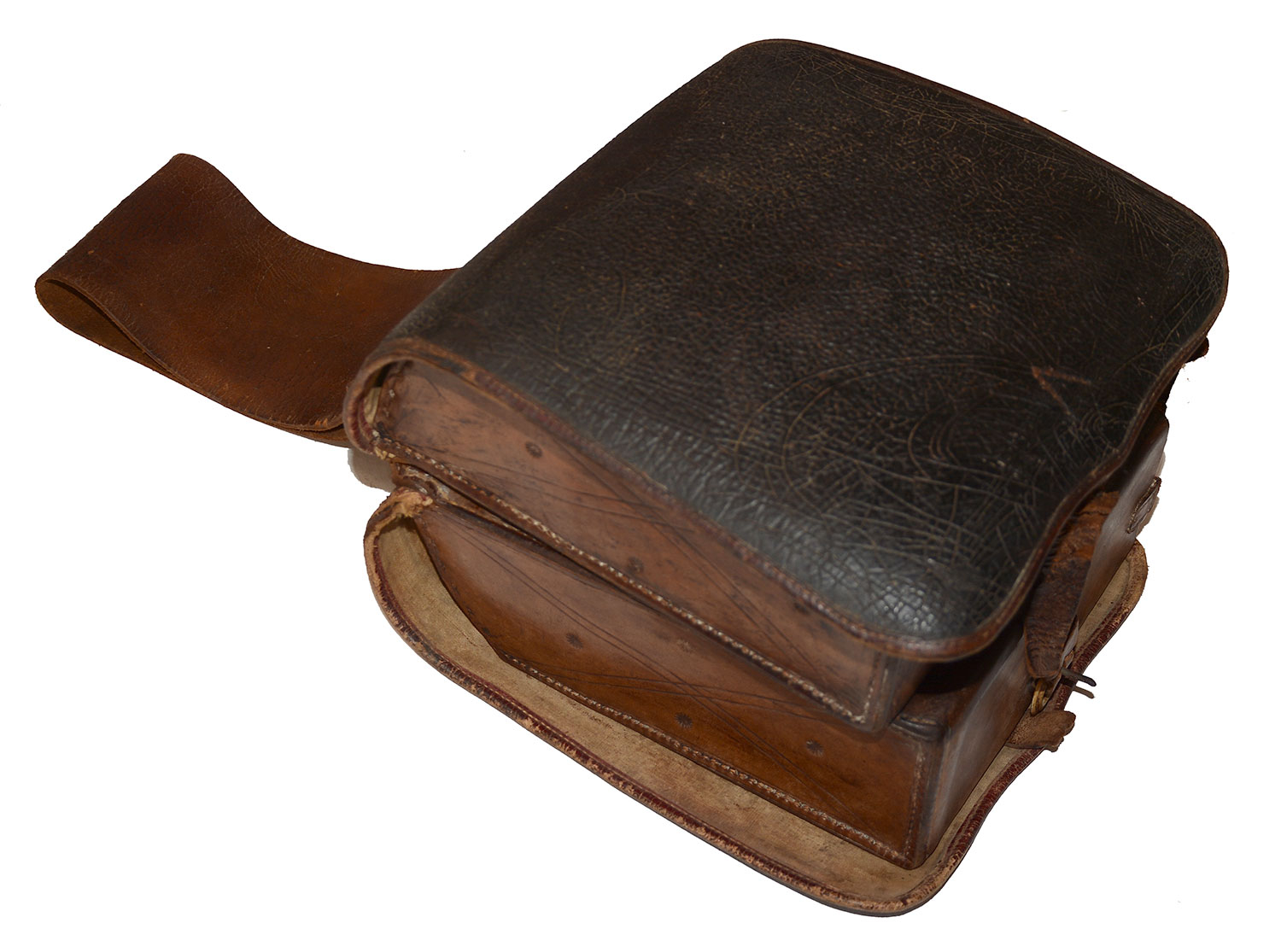
Hover to zoom

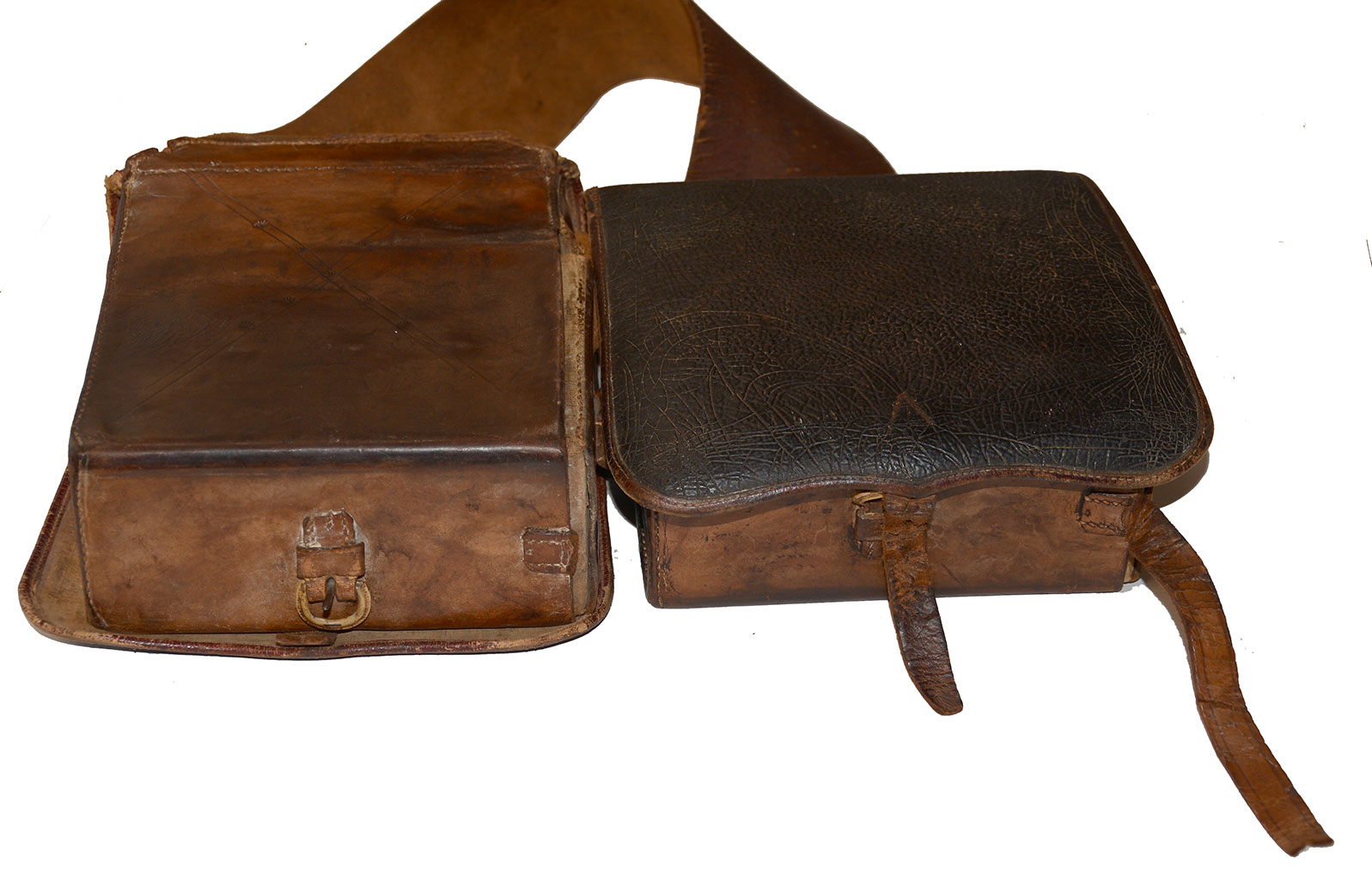
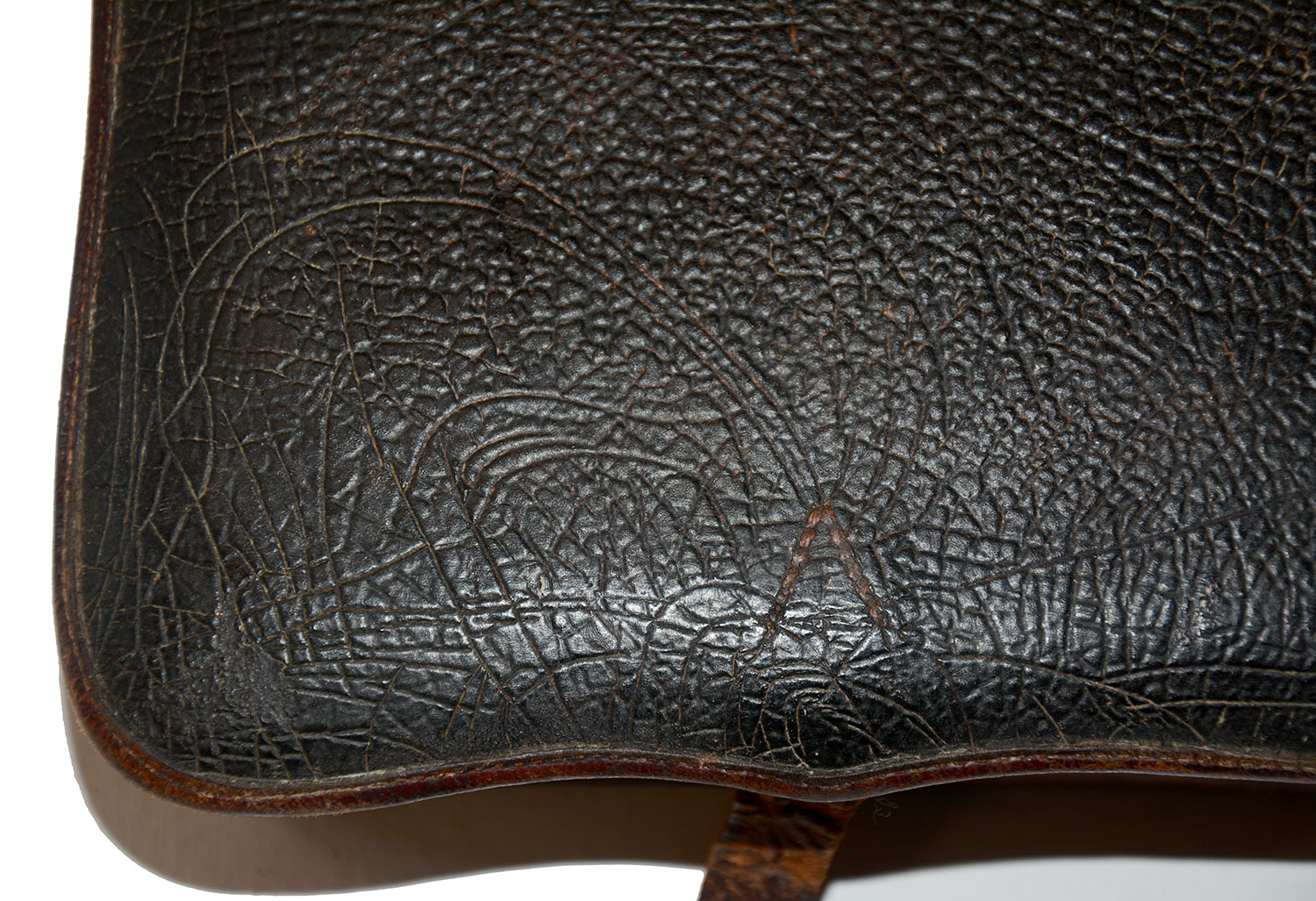
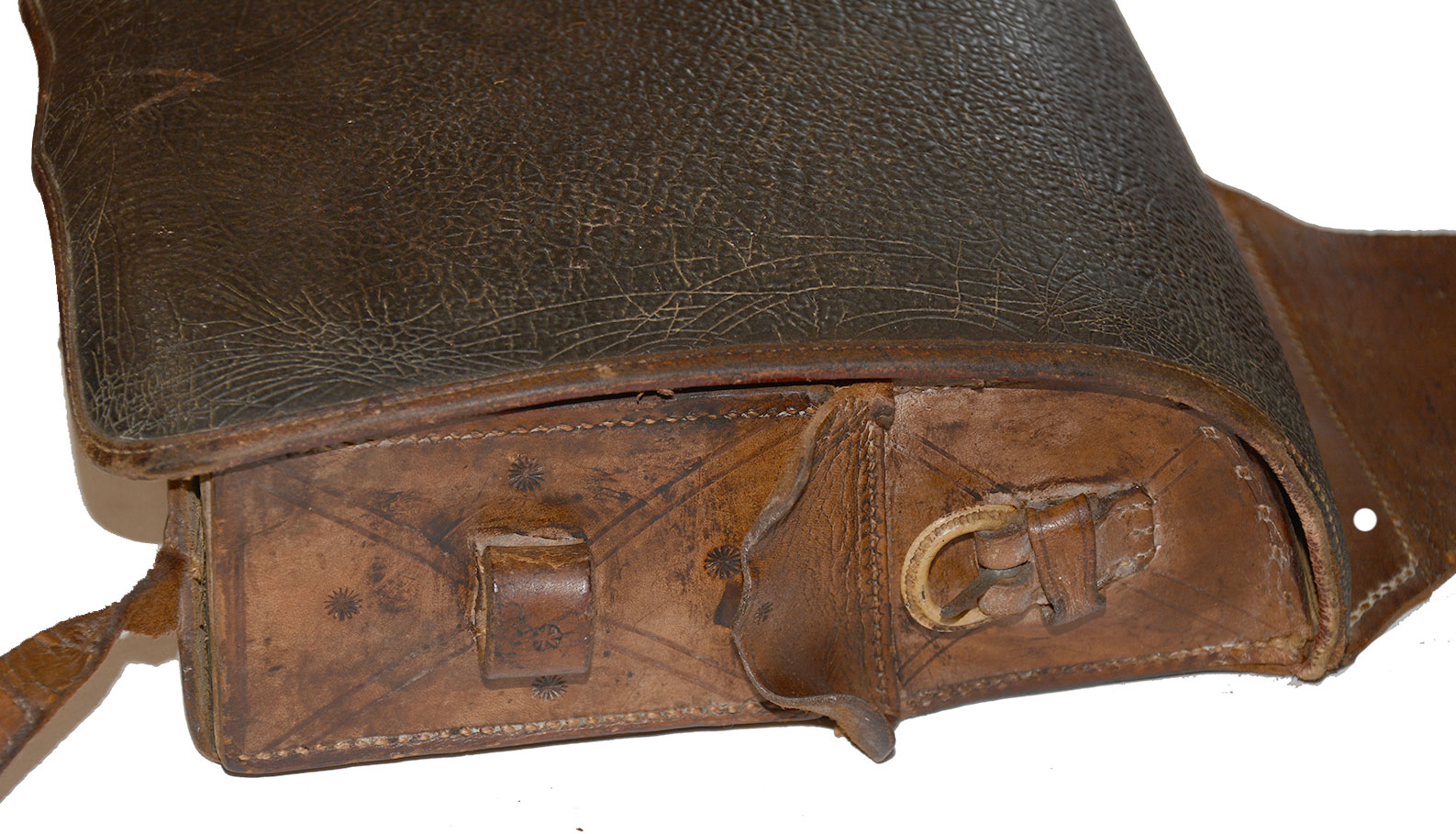
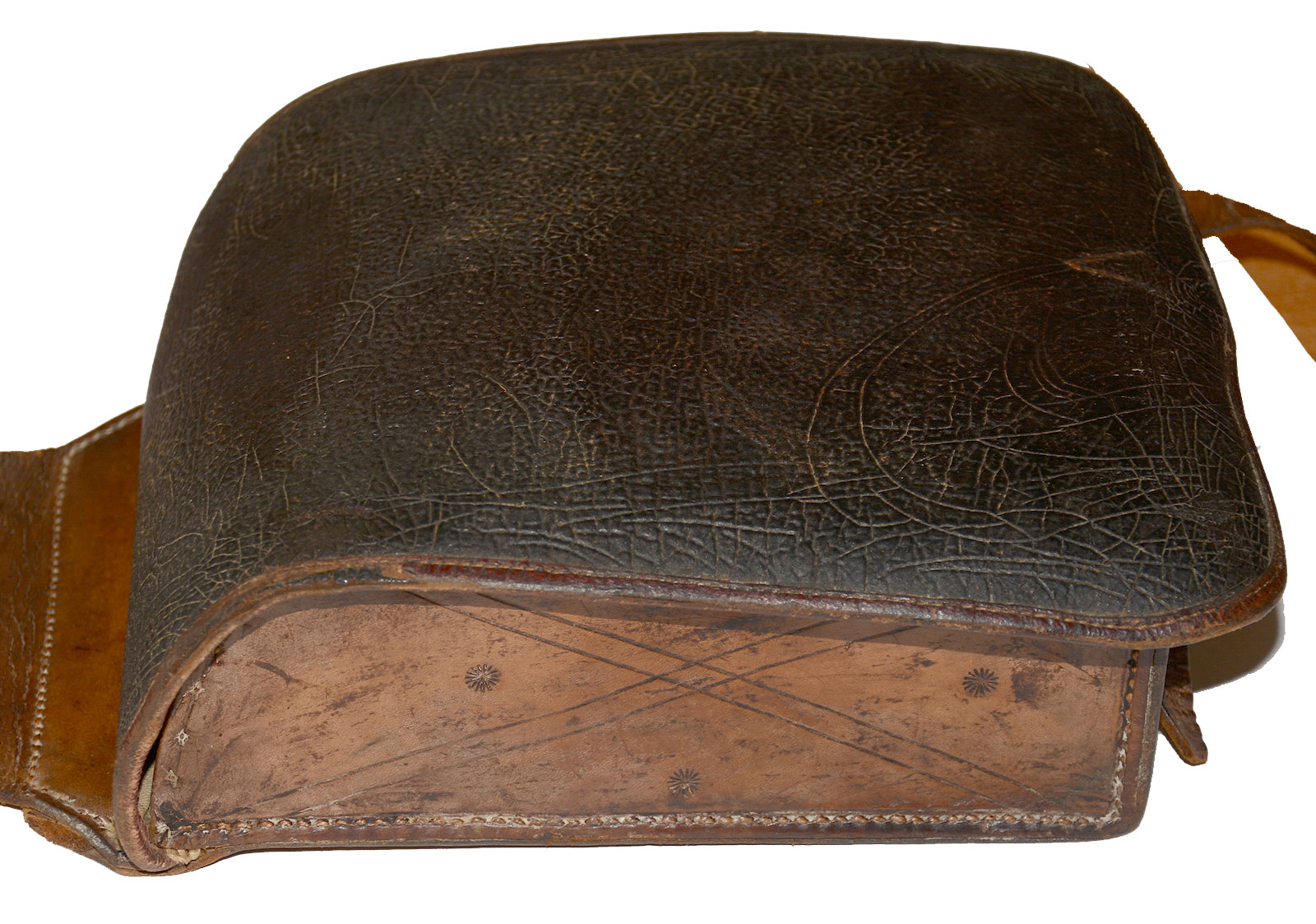
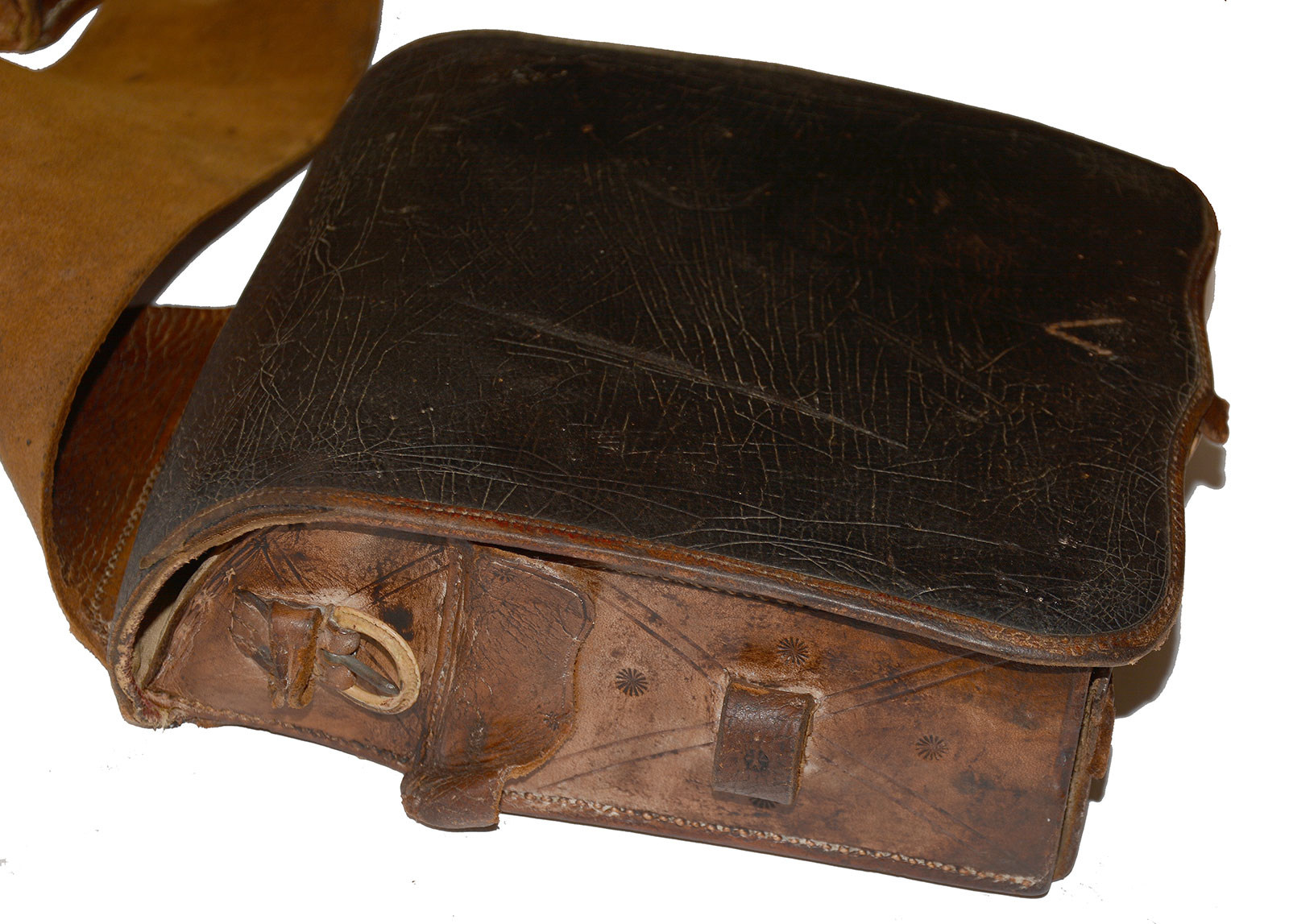
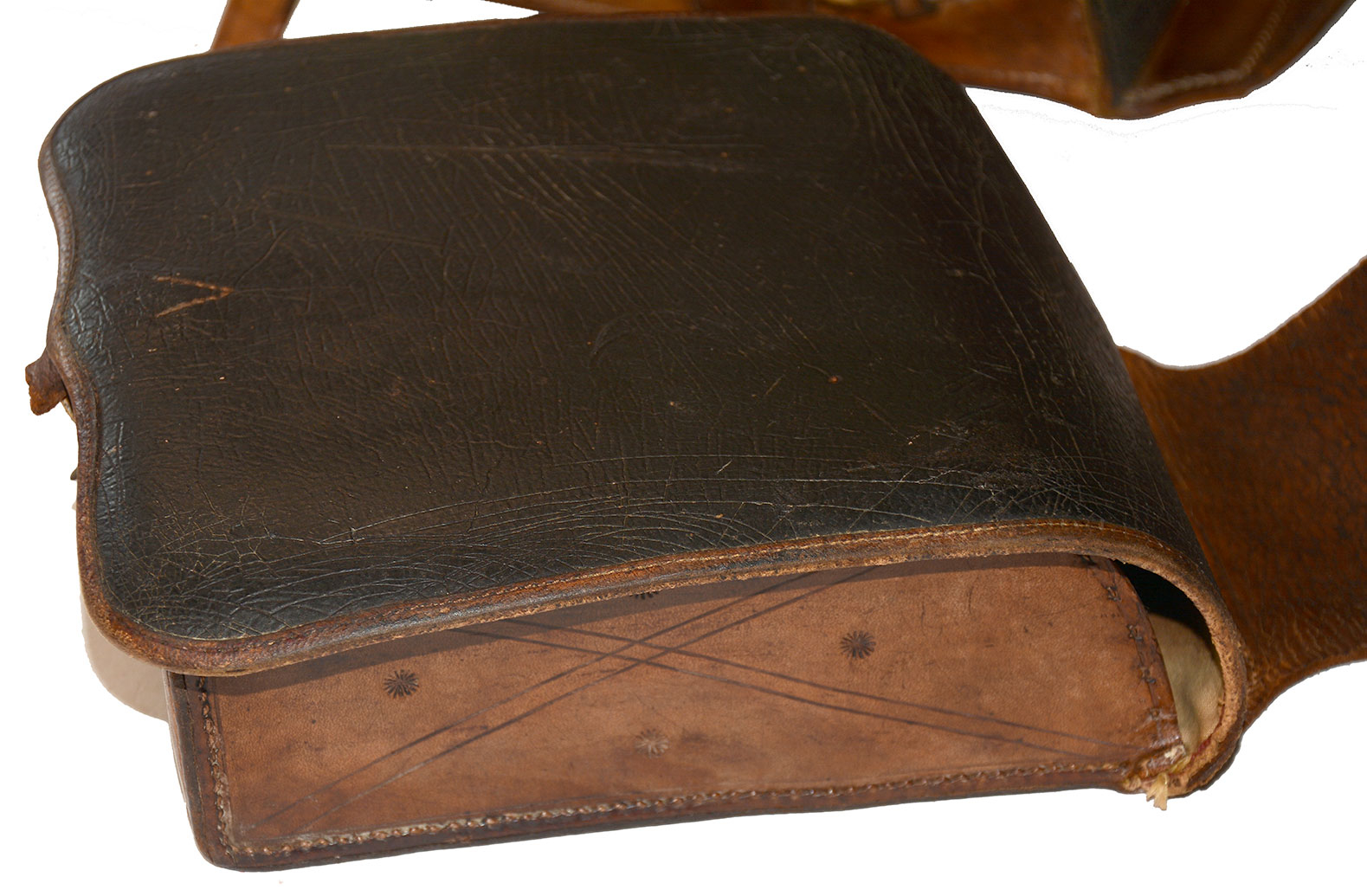
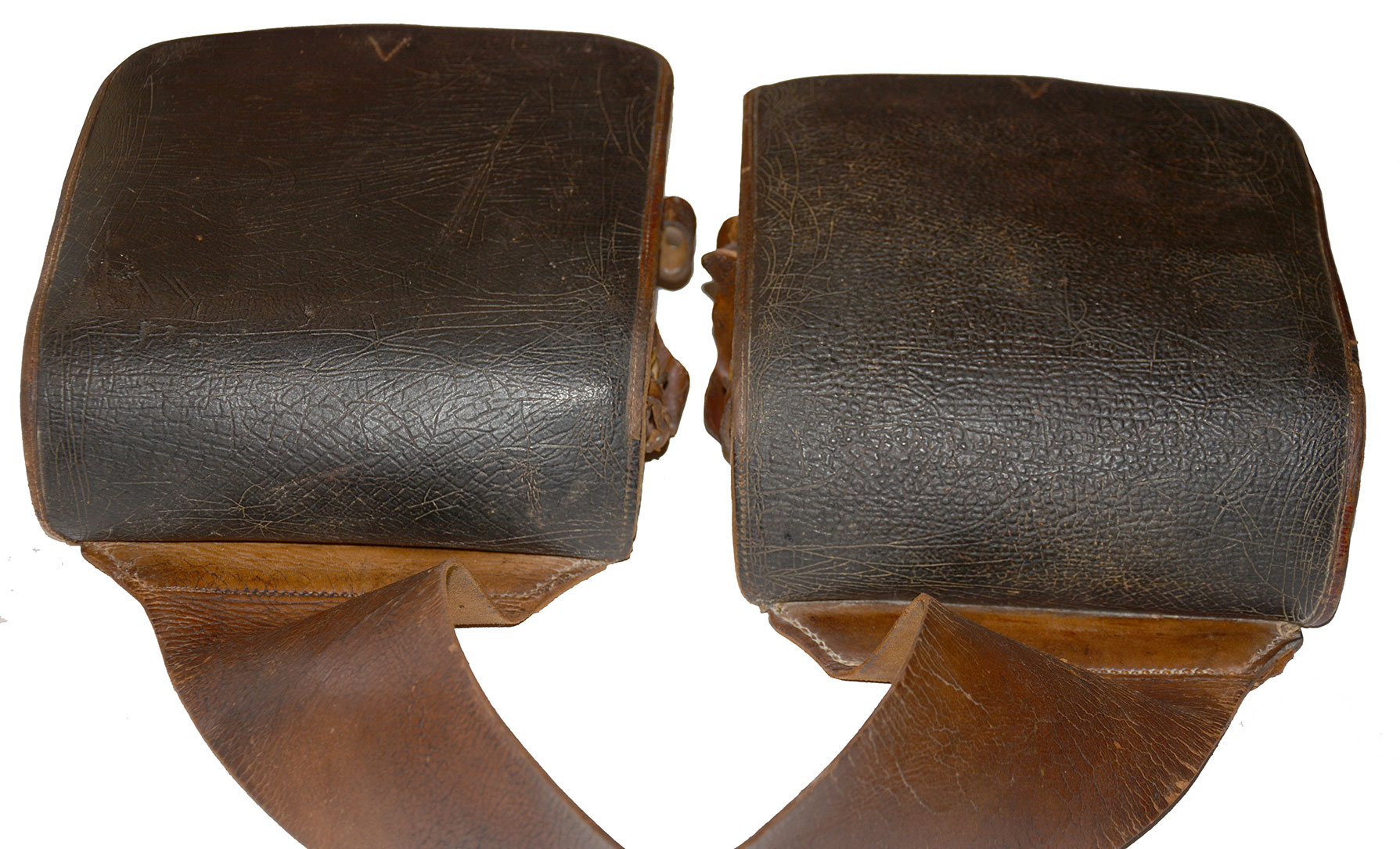
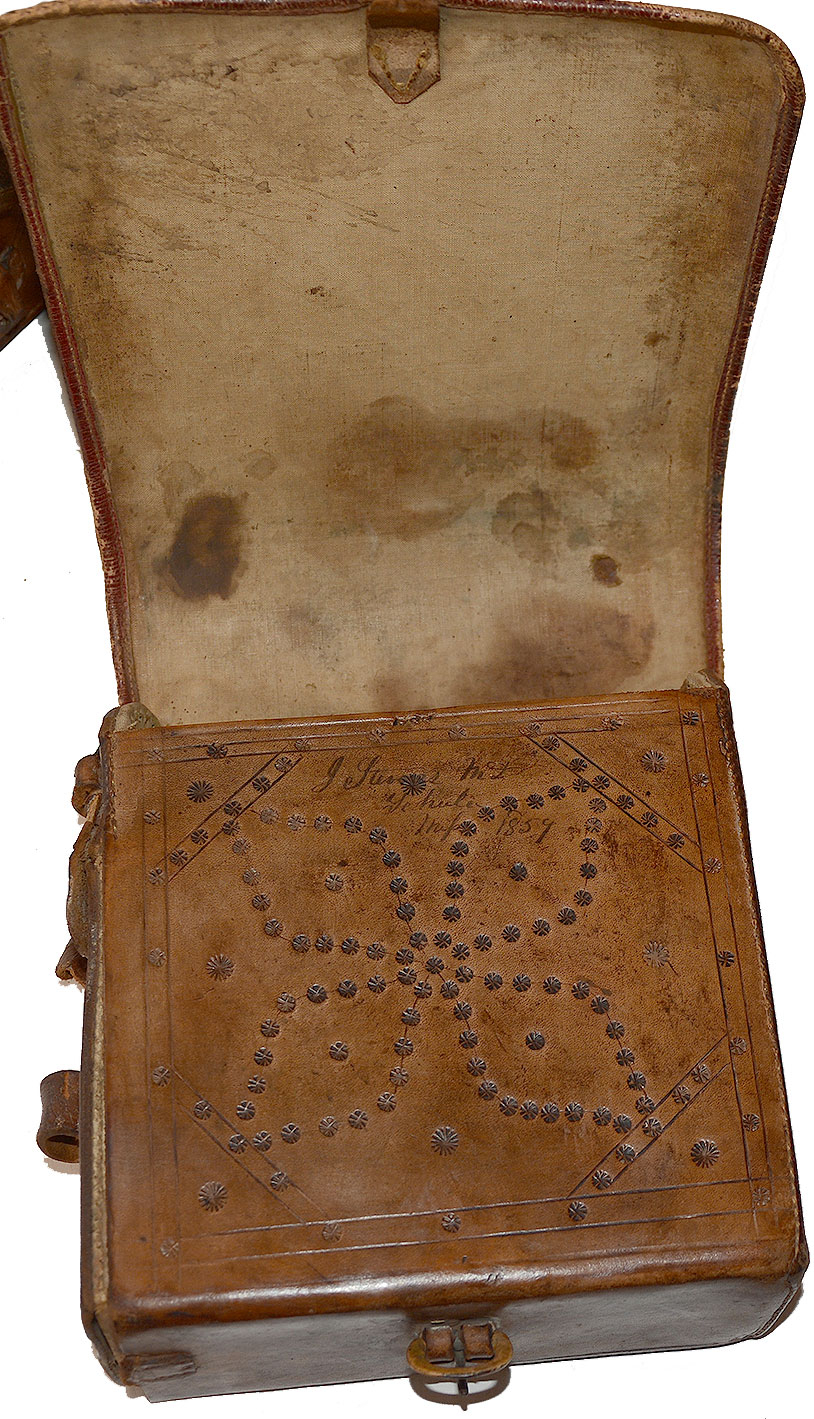
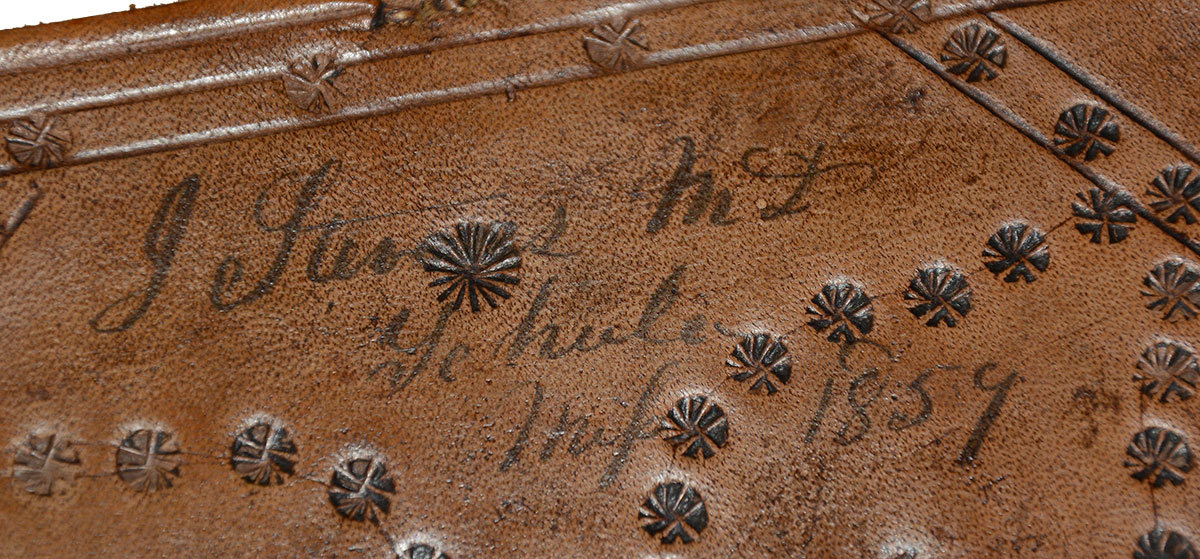
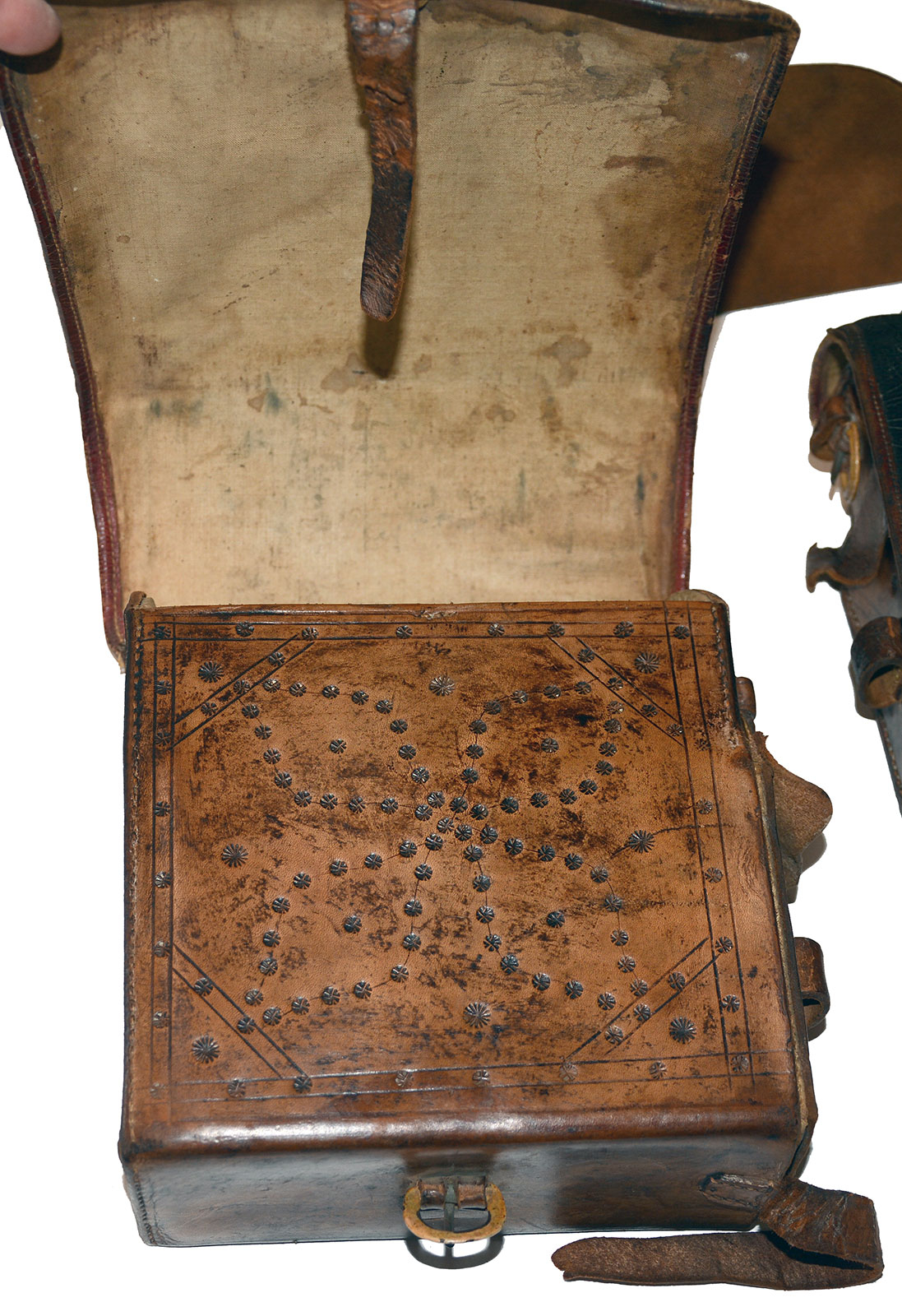
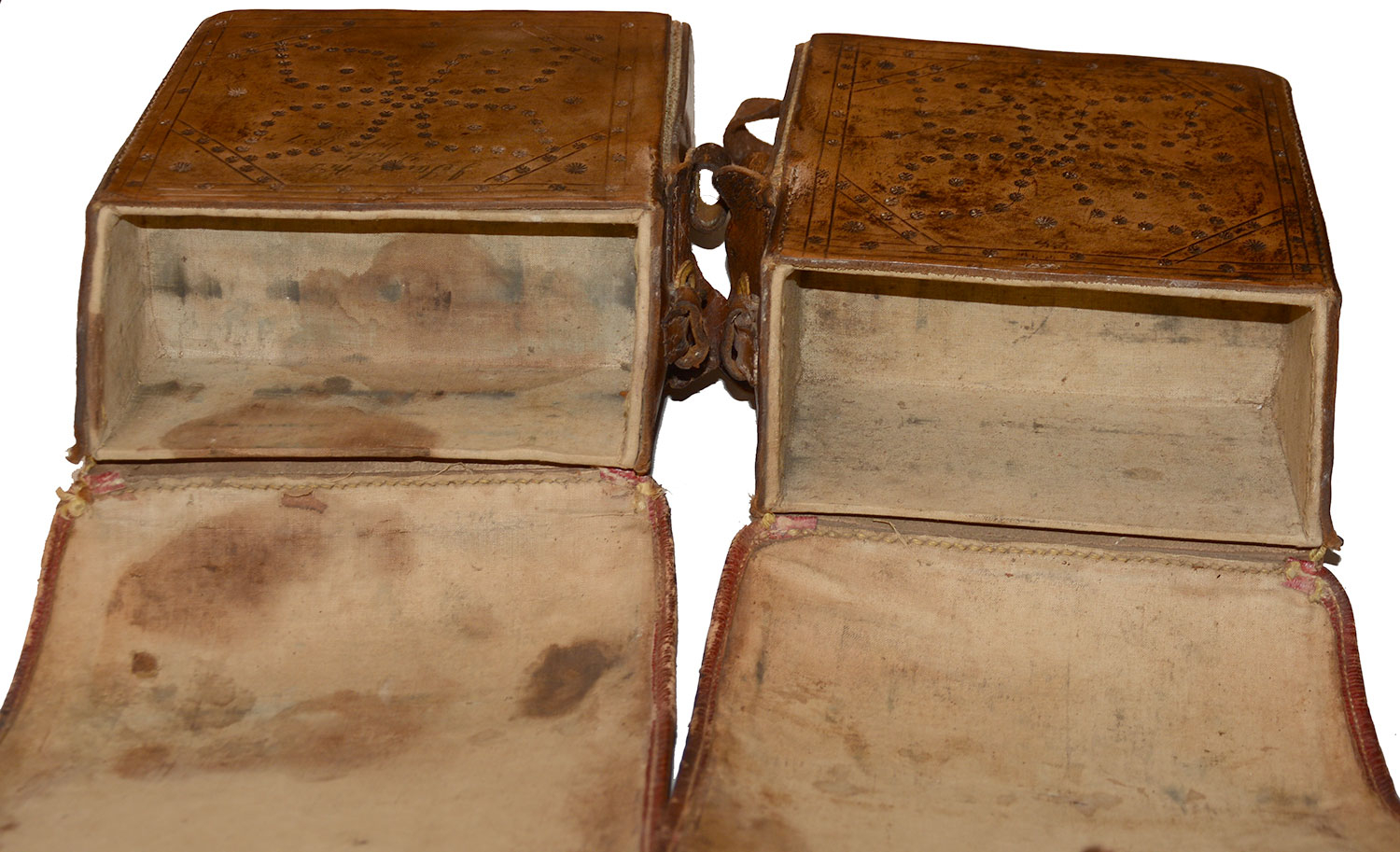


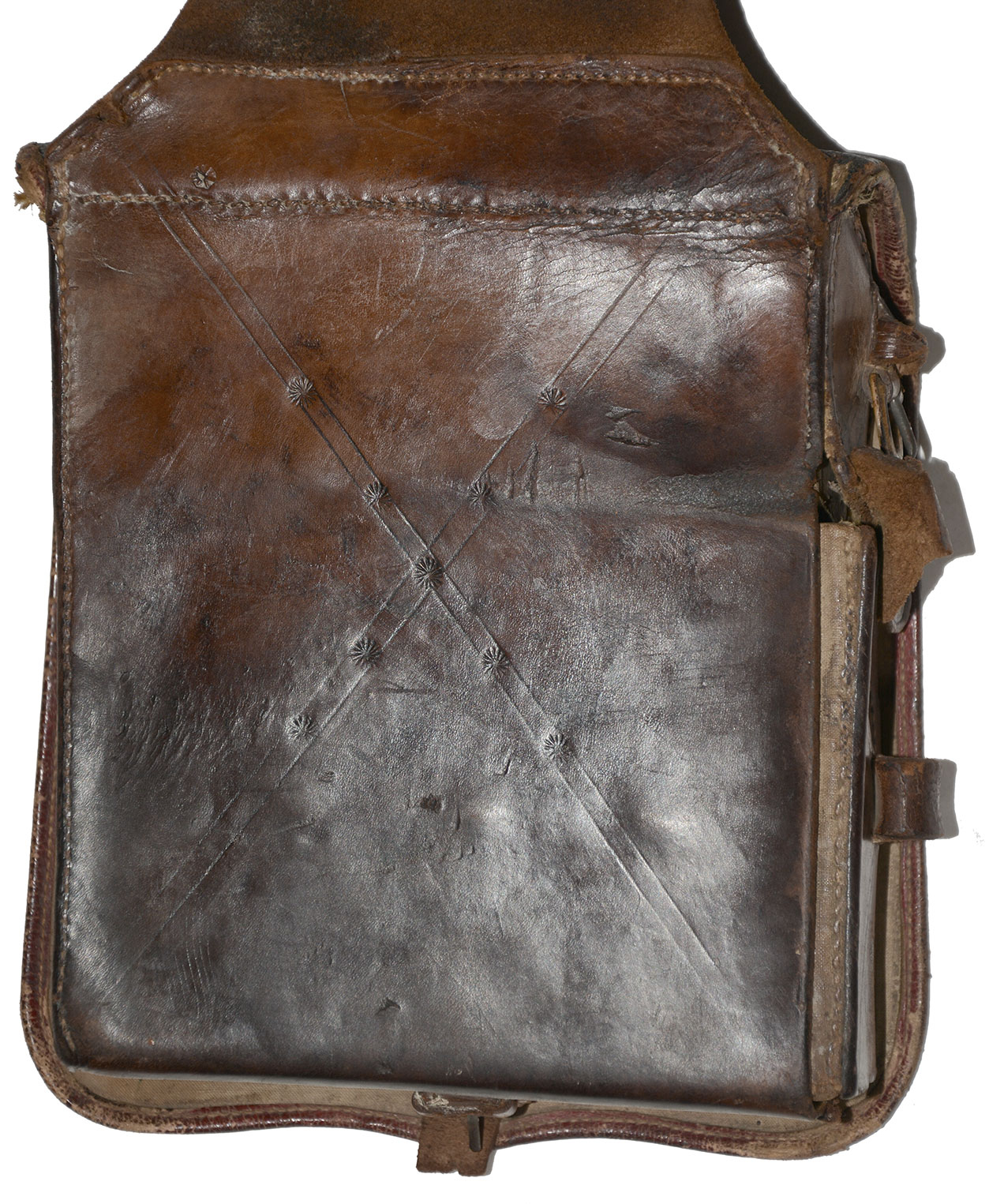
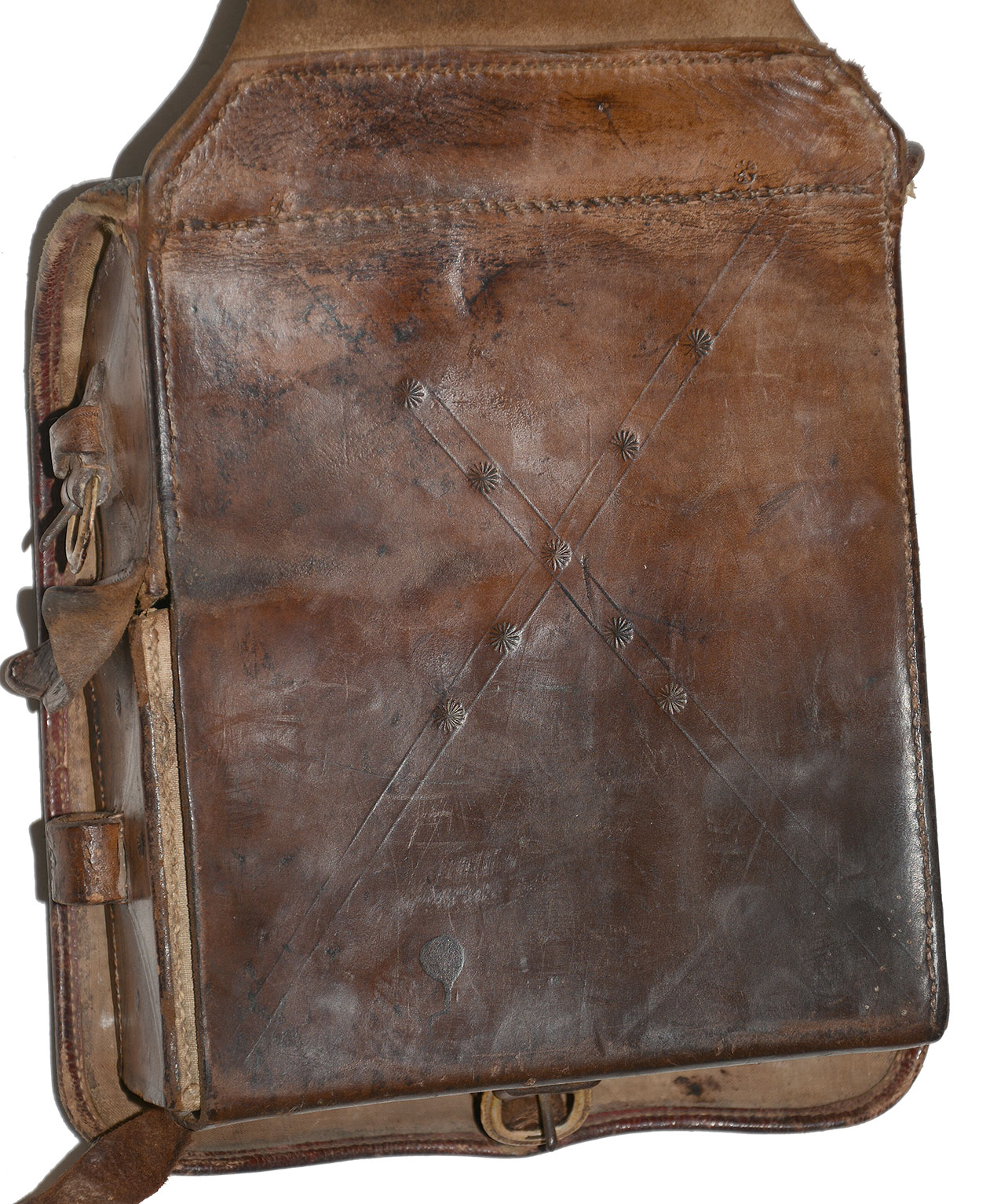
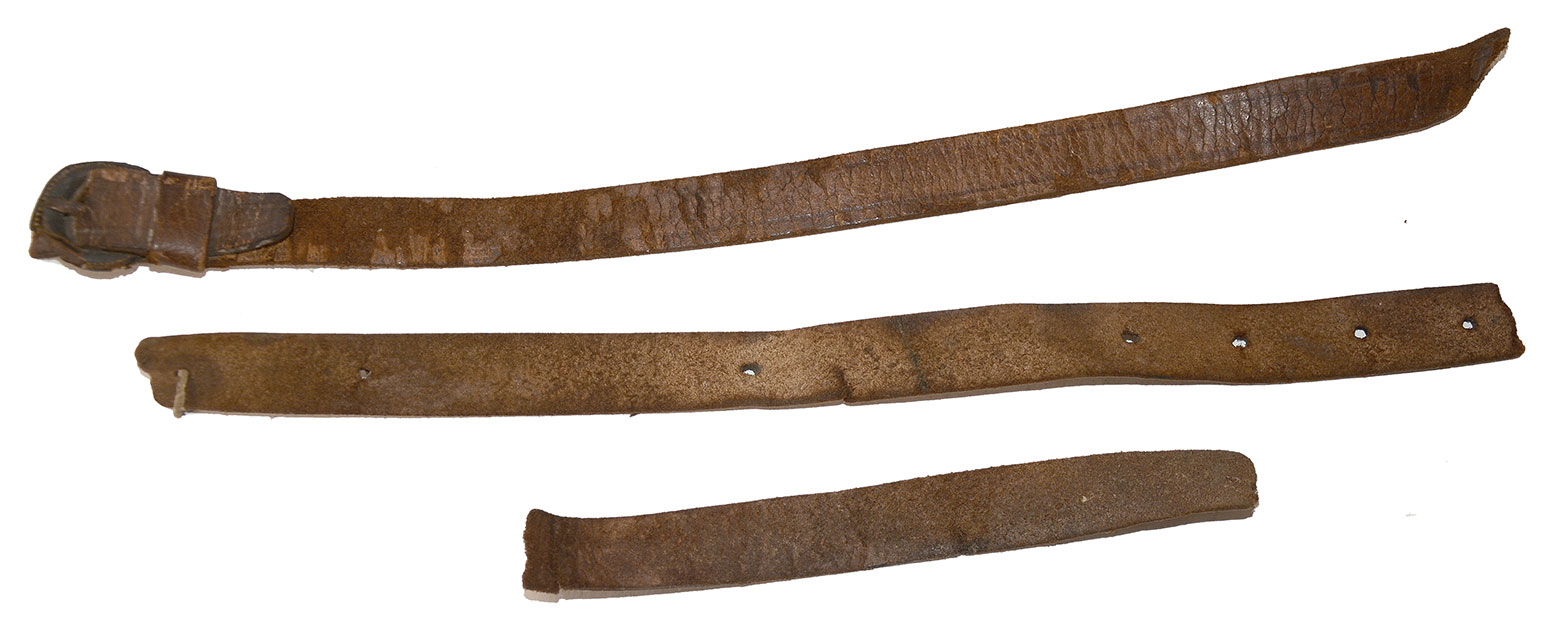
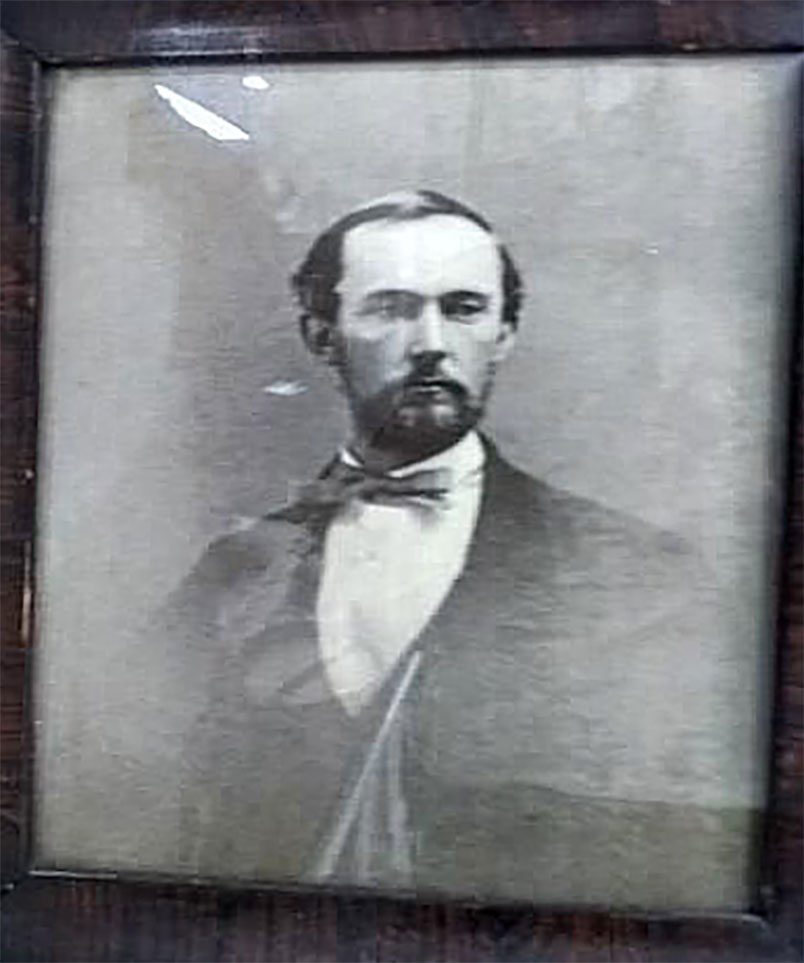
$3,750.00 SOLD
Quantity Available: None
Item Code: 1284-05
Medical saddle bags were carried by surgeons in the field to hold a variety of medicines for the treatment of the sick and wounded. The saddle bags were made principally of leather and designed to carry smaller quantities than apothecary chests, making it easier for the surgeons to move about. These rare bags were used prior to and throughout the Civil War by Surgeon J. H. Stevens.
THE SURGEON: "John Horace Stevens received a medical degree from University of Virginia in 1846. In May 1861 he was appointed Surgeon of the 2nd Louisiana in the Confederate army. The unit served in the Army of Northern Virginia, seeing action on the Peninsula in Cobb’s brigade, near Richmond at the Seven Days’ Battle, but did not see much action until July at Malvern Hill, where the unit regiment lost 182 soldiers, wounded and killed, with Stevens as senior brigade surgeon, at Lee’s Mills and Malvern Hill. The 2nd Louisiana then joined Starke’s 2nd Louisiana Brigade in July 1862, seeing action at Second Manassas and Antietam. Later in April 1863, Stevens was listed as chief surgeon of Nichols’s brigade. In May, the regiment fought with Stonewall Jackson at Chancellorsville, where they lost more than 100 men. Later that summer, the 2nd Louisiana was present at Gettysburg and participated in the attack on Culp’s Hill. By April 1864, Stevens was acting as chief surgeon of Johnson’s division, becoming chief surgeon of Gordon’s division. In July 1864 he was serving as such under General Jubal Early in the Shenandoah Valley, later becoming the medical director of the division by January 1865, as well as Surgeon and Medical Inspector of the entire Second Corps, Gordon’s, by April 1865. He was then captured and paroled. He reportedly served in the Louisiana state legislature, married in 1869, and moved to Texas about 1870 where he worked as both farmer and physician. Stevens died in 1881, in Dallas County, “after returning from a pleasant ride.” He is buried in Pioneer Park in downtown Dallas..."
THE SADDLE BAGS: The bags are in excellent condition with minor issues that will be specified. The external front measurements of the heavy patent leather (to waterproof) flaps are 9 inches by 8 inches. Behind these are rectangular pockets that hold drawers, one on each side, that are 6 1/2 inches long by 3 inches wide by 5 inches deep. These drawers have 8 compartments that are 1 1/2 square and maroon velvet lined. These were designed to hold 8 glass vessels of medicine and slide in and out. Above these is a 6 1/2 by 3 inch wide and 1 1/2-inch-deep linen lined compartment. This was for medical instruments and such. The flaps close by means of leather punched belt that does-up with a bone and iron tongued buckle. There are other segments of belting meant to hold the drawers in securely, these are extant but detached or segmented. A leather 20-inch by up to 6-inch strap that fits over the saddle (front or back) is intact and strong.
Beautifully inscribed in ink on the inside of one of the large leather "boxes" is: "J. Stevens MD" over "Ye hule" over " Miss. 1859". Evidently these saddle bags were gifted to Stevens at "Ye hule". The "e" on the end has an l’accent circonflexe (circumflex accent) above it making the pronunciation a soft "a". Ye hule plantation now written "Wyolah" stands to this day in Mississippi. The Wyolah Plantation owner's house was built for Dr. Francis B. Coleman before the Civil War. It is thought that maybe Coleman named Wyolah after a place in Ireland. Coleman owned 81 enslaved people in Jefferson County, Mississippi in the 1860 census. Dr. Coleman had a medical practice in Rodney Mississippi and at his nearby Wyolah Plantation. Enslaved Peter Brown told of a time when Dr. Coleman came to care for his parents, who had contracted cholera. In 1846 Doctor Coleman went to Mount Locust Plantation in Jefferson County to vaccinate some enslaved people. Coleman and his friend Thomas Affleck published a horticulture-related journal from Wyolah Plantation. Wyolah has been listed on the National Register of historic places since May 30, 1985.As of 2016, filmmaker Tate Taylor is the owner of Wyolah. It is certain that Dr. Stevens was a friend or at least an associate or protege of the older more experienced Dr. Frances Coleman. Recall that Stevens first served a Louisiana Regiment and was probably working in the deep South when the war began. Further research into Dr. Steven's past will certainly bring out more fascinating details.
It is evident that the designs of incised lines and asterisks were applied after the gift was made to Dr. Stevens in 1859. This we know because an asterisk has been punched after the fact in the last name "Stevens" obscuring the "en". Interestingly, and open to interpretation, there appears to be Southern Crosses incised on the sides and rear of the saddle bags. The rear crosses are adorned with 7 stars possible rendered to represent Confederate battle flags.
Another respected dealer recently sold Dr. Steven's sword. They stated that there was, "An affidavit from the family (that) states the sword was descended from Dr. John H. Stevens, who served as a surgeon in the C.S. Army of Northern Virginia at the regimental, brigade, division and corps level". Evidently a few Dr. Steven's items came up for sale in the not-too-distant past and went to disparate buyers; the consignor acquired his medical saddle bags.
One can only imagine the scenes of heroism and horrors of war this mute artifact witnessed. Medical saddle bags are a rarity, and Confederate associated examples are unheard of. [pe][ph:L]
~~~~~~~~~~~~~~~~~~~~~~~~~~~~~~~~~~~
THIS ITEM, AS WITH ALL OTHER ITEMS AVAILABLE ON OUR WEB SITE,
MAY BE PURCHASED THROUGH OUR LAYAWAY PROGRAM.
CLICK HERE FOR OUR POLICIES AND TERMS.
THANK YOU!
Inquire About RARE CONFEDERATE IDENTIFIED AND CARRIED MEDICAL SADDLE BAGS
Most Popular
Historical Firearms Stolen From The National Civil War Museum In Harrisburg, Pa »
Theft From Gravesite Of Gen. John Reynolds »
Selection Of Unframed Prints By Don Troiani »
Fine Condition Brass Infantry Bugle Insignia »
featured item
THEFT FROM GRAVESITE OF GEN. JOHN REYNOLDS
A large artillery shell, one of pair that sit on either side of the grave of Gen. John F. Reynolds in Lancaster Cemetery, Lancaster, PA has been removed from the site. If anyone comes into contact with the shell or has any information regarding its… . Learn More »


